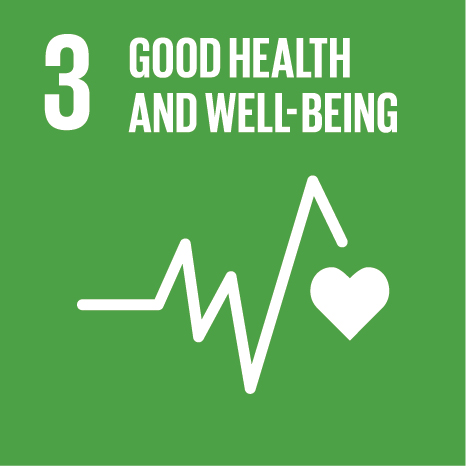 +265(0)111 624 222
+265(0)111 624 222 research@unima.ac.mw
research@unima.ac.mw Chirunga-Zomba, Malawi
Chirunga-Zomba, Malawi
Pooled Analysis of Physical Activity, Sedentary Behavior, and Sleep Among Children From 33 Countries
Abstract
ImportanceThe prevalence estimates of physical activity, sedentary behavior, and sleep (collectively known as movement behaviors) in 3- and 4-year-old children worldwide remains uncertain.ObjectiveTo report the proportion of 3- and 4-year-old children who met the World Health Organization guidelines for physical activity, sedentary behavior, and sleep across 33 countries.Design, Setting, and ParticipantsPooled analysis of data from 14 cross-sectional studies (July 2008 to September 2022) identified through systematic reviews and personal networks. Thirty-three countries of varying income levels across 6 geographical regions. Each study site needed to have at least 40 children aged 3.0 to 4.9 years with valid accelerometry and parent-/caregiver-reported screen time and sleep duration data. Data were analyzed from October 2022 to February 2023.ExposuresTime spent in physical activity was assessed by reanalyzing accelerometry data using a harmonized data-processing protocol. Screen time and sleep duration were proxy reported by parents or caregivers.Main Outcomes and MeasuresThe proportion of children who met the World Health Organization guidelines for physical activity (≥180 min/d of total physical activity and ≥60 min/d of moderate- to vigorous-intensity physical activity), screen time (≤1 h/d), and sleep duration (10-13 h/d) was estimated across countries and by World Bank income group and geographical region using meta-analysis.ResultsOf the 7017 children (mean [SD] age, 4.1 [0.5] years; 3585 [51.1%] boys and 3432 [48.9%] girls) in this pooled analysis, 14.3% (95% CI, 9.7-20.7) met the overall guidelines for physical activity, screen time, and sleep duration. There was no clear pattern according to income group: the proportion meeting the guidelines was 16.6% (95% CI, 10.4-25.3) in low- and lower-middle–income countries, 11.9% (95% CI, 5.9-22.5) in upper-middle–income countries, and 14.4% (95% CI, 9.6-21.1) in high-income countries. The region with the highest proportion meeting the guidelines was Africa (23.9%; 95% CI, 11.6-43.0), while the lowest proportion was in North and South America (7.7%; 95% CI, 3.6-15.8).Conclusions and RelevanceMost 3- and 4-year-old children in this pooled analysis did not meet the current World Health Organization guidelines for physical activity, sedentary behavior, and sleep. Priority must be given to understanding factors that influence these behaviors in this age group and to implementing contextually appropriate programs and policies proven to be effective in promoting healthy levels of movement behaviors.
| Original language | en |
| Pages (from-to) | 1199 |
| Volume | 178 |
| Issue number | 11 |
| Publication status | Published - 2024 |
UN SDGs
This research output contributes to the following United Nations (UN) Sustainable Development Goals (SDGs)


UN SDGs
This research output contributes to the following United Nations (UN) Sustainable Development Goals (SDGs)


UN SDGs
This research output contributes to the following United Nations (UN) Sustainable Development Goals (SDGs)

